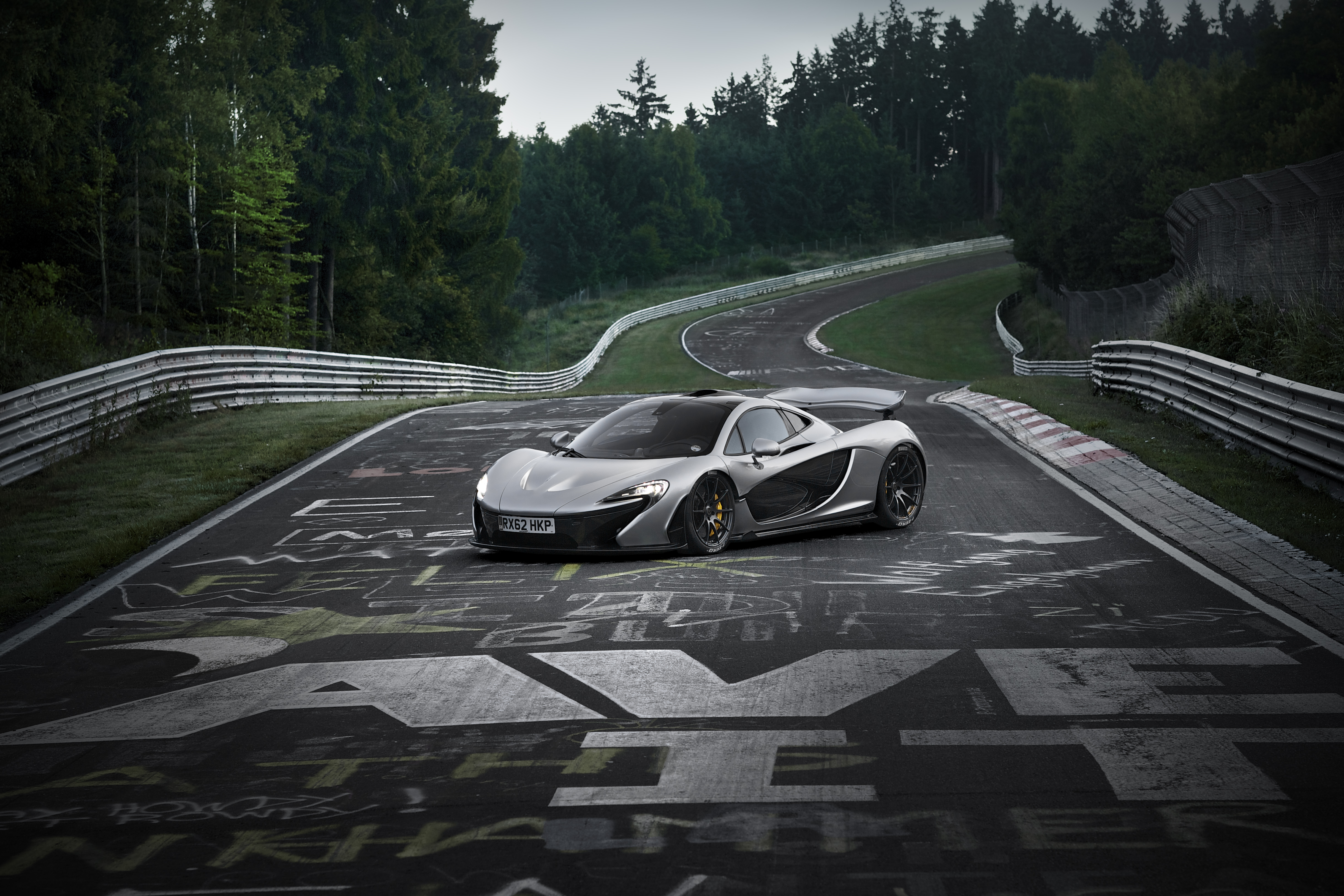McLaren P1™: Celebrating 10 years of the groundbreaking hybrid hypercar, considered the "best car for drivers on the road and on the track".
by textschwester
McLaren is celebrating the 10th anniversary of the launch of the production version of the McLaren P1™ this week. This remarkable hypercar, unveiled at the 2013 Geneva Motor Show, is considered a milestone for McLaren and the development of high-performance hybrid vehicles - as most recently demonstrated by the all-new McLaren Artura. The McLaren P1™ was developed with the goal of being "the best driver's car in the world on the road and on the track." The design and technical specifications of the McLaren P1™ provided the ideal foundation to achieve this goal. A series of testing and development successes in 2013 - including lapping the famous Nürburgring-Nordschleife - immediately underpinned the car's credibility. Ten years after its appearance at the Geneva Motor Show - and in the year that McLaren also celebrates the 60th anniversary of Bruce McLaren's founding of the company - the McLaren P1™ remains an incredibly exciting and dynamic performer on the road and track.
The P1™'s enduring legacy goes beyond its iconic status in McLaren's history of technologically advanced, driver-focused cars. As a pioneer of electrification as a driving enhancement, it changed perceptions of the technology and inspired the groundbreaking Artura, a supercar that combines exhilarating performance and driving dynamics with electric drive capability - a winning combination pioneered by the McLaren P1™.
McLaren P1™ - ten facts about the iconic hypercar
- The McLaren P1™ accelerates from a standstill to 300km/h in 16.5 seconds - a full 5.5 seconds faster than the legendary McLaren F1.
- The McLaren P1™ can be operated in all-electric zero-emission mode for short-distance city driving.
- In race mode, the McLaren P1™ lowers by 50 mm and spring rates stiffen by 300 percent, allowing the car to corner at more than 2 g.
- The McLaren P1™'s adjustable rear wing protrudes up to 120 mm from the body on the road and up to 300 mm on the track.
- Silicon carbide-coated carbon ceramic discs bring the McLaren P1™ to a halt in just 30.2 meters from 100 km/h.
- Formula 1-style Inconel exhaust takes the most direct route from the engine to the rear of the McLaren P1™ and weighs just 17 kg.
- The steering wheel diameter of a McLaren P1™ is technically as precise as a steering wheel used by McLaren racers: the hand grips of McLaren's Formula 1 world champions were modeled and scanned on a CAD system during development to create an exact replica
- Each McLaren P1™ was custom-built by a team of 82 technicians in a four-step assembly process. From start to finish, each car took 17 days to build.
- During its development program, the McLaren P1™ covered more than 620,000 test kilometers, the equivalent of more than 15 circumnavigations of the globe.
- The name comes from Grand Prix racing, with "P1" standing for the first place on the grid, but the name also has a long tradition: The McLaren F1 was originally known as Project 1 or P1.





